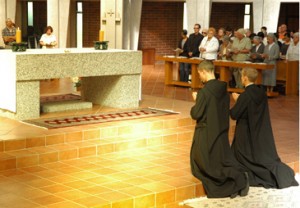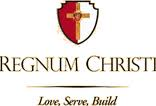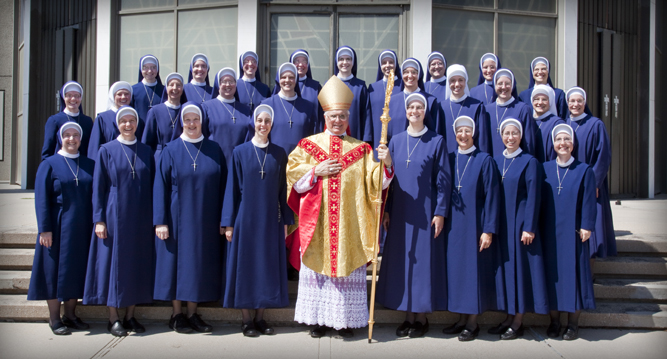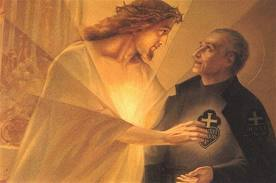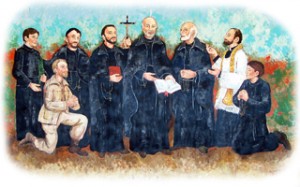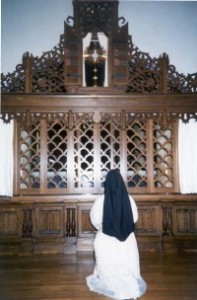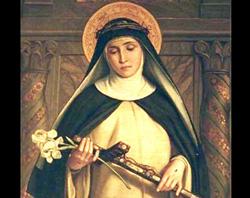 The Holy See Press Office reports that an international congress dedicated to St. Catherine, Doctor of the Church and co-patron of Europe will take place in Rome and Siena this week.
The Holy See Press Office reports that an international congress dedicated to St. Catherine, Doctor of the Church and co-patron of Europe will take place in Rome and Siena this week.
The congress has as its title “‘Virgo digna Coelo” (“Virgin worthy of Heaven).
Fr. Bernard Ardura, president of the Pontifical Committee of Historical Sciences, explained in a Vatican press conference that “the figure of St. Catherine extends far beyond her own earthly existence and takes on a powerful symbolic value” for the Church today.
In his Oct. 21 announcement, Fr. Ardura said the study of St. Catherine “serves to remind us of the unshakable faith which she possessed and which made her spiritual mother to so many Christians.”
Her example is especially important, he said, as the Church prepares for the 2012-2013 “Year of Faith” announced Oct. 16.
Fr. Ardura went on to explain that the forthcoming congress will be divided into four sessions “to facilitate a more profound examination of the life and influence of the saint” who, he said, “also enjoyed great recognition among theologians, to the point that on October 4, 1970, Pope Paul VI declared her a Doctor of the Church, for her exalted theology and her influence in the renewal of that discipline.”
The first session of the congress will see a contribution from Cardinal Angelo Amato S.D.B, prefect of the Congregation for the Causes of Saints. The second session will be dedicated to the cause of canonization of St. Catherine, including an examination of its documents and a review of models of female sanctity between 1300 and 1400. The third session will focus on the relationship between St. Catherine and the religious orders of her day. “In the fourth session,” Fr. Ardura continued, “we will see how it is possible to study and celebrate St. Catherine today, because her memory has remained alive among Christians and her influence has never ceased to enrich the Church, mainly though hagiographies and literary culture, and in particular thanks to her magnificent Letters.”
On its last day the congress will move to Siena for the inauguration of an exhibition entitled “Catherine of Siena and the process of canonization.” It will also hold its last session there, dedicated to “St. Catherine in art.” Professor Utro explained that the session will take place in the chapter house of the convent of St. Dominic in Siena, and will be presided by Paolo Nardi, prior general of the International St. Catherine Association and curator of the exhibition. Other art historians will also participate, including Diega Giunta, the leading specialist on artistic representations of St. Catherine.
Courtesy of the Vatican Press Office and Catholic News Agency.
Like this:
Like Loading...
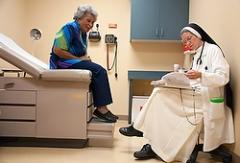 While I ordinarily would discourage people from reading the National Catholic Reporter, which has been a notorious instrument of dissent for decades, I just came across this Catholic News Service story at their website and encourage our readers to check it out.
While I ordinarily would discourage people from reading the National Catholic Reporter, which has been a notorious instrument of dissent for decades, I just came across this Catholic News Service story at their website and encourage our readers to check it out.